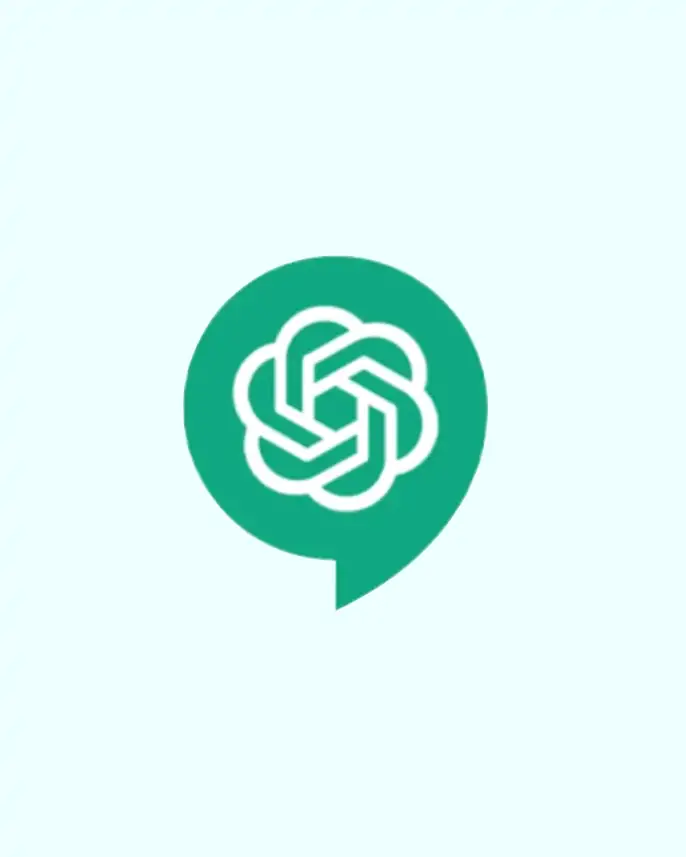Artificial intelligence penetrates into many areas of life. This technology has found its application in agriculture. One of the promising tools for farmers is ChatGPT, a generative artificial intelligence model that is used to automate a number of processes in the agro-industrial complex.
In this post, together with you, we will look at how ChatGPT can be used in agriculture, outlining the benefits and opportunities.
What is ChatGPT?
At the end of November 2022, OpenAI introduced the ChatGPT universal chatbot. ChatGPT is a natural language generation algorithm, that can be used to create a variety of applications, including chatbots, automation tools, and other kinds of applications that work with text.
ChatGPT is designed to generate human-like responses to natural language input. Allowing it to carry on a conversation with users in a way that feels natural and intuitive. The model has been trained on a vast corpus of text data, allowing it to understand a wide range of topics and language styles. It uses deep learning techniques, including neural networks and transformers, to analyze and generate responses to input in real time.
ChatGPT’s natural language processing capabilities make it useful for a variety of applications. Including customer service, language translation, and content generation. As a universal chatbot, it can be integrated into a wide range of platforms and systems. Allowing developers to create powerful text-based applications with ease.
What can he do?
- Text Suggestions: used to generate phrases, sentences, or entire text blocks that can be useful when creating content for a website or advertisement.
- Answers to questions: can be used to get answers to questions formed from the information that was submitted as input.
- Problem-Solving: Helps solve problems, for example, by formulating a specific problem and suggesting possible solutions.
- Content Generation: Can generate a variety of content, including promotional messages, social media posts, news articles, and other types of text.
- Autocomplete: Can be used to automatically complete sentences and phrases in applications. Such as when a user types part of the text into a search bar or when writing emails.
- Chatbots: It is used to create various types of chatbots that help with customer service, answer questions, learn audience preferences, and make recommendations.
- Information Extraction: used to extract information from texts and to determine which information in a text is most important.
These are just some of the features that can be provided by ChatGPT and its peers.
Developers can use this technology to create innovative applications that not only save time and resources. But also provide a deeper understanding of the needs and preferences of users of their products.
How to apply ChatGPT in agriculture?
The most obvious use of ChatGPT is to improve communication between farmers and buyers.
To do this, you can create chatbots that allow farmers and consumers to communicate in an understandable language. In chats, customers will be able to ask questions about growing methods and the quality of products, And farmers will receive feedback on their products and services.
For example, we asked ChatGPT a question: what should you pay attention to when buying apples?

Then we asked about the safety of phosphate fertilizers and got a different answer:

As you can see, the answers are detailed and logically structured, often accompanied by evidence or advice.
But sometimes ChatGPT writes plausible but incorrect or nonsensical answers. The chatbot is sensitive to the correctness of the question asked. So the wording can drastically change the answer to it.
In addition, you can try the capabilities of ChatGPT in various online services that make it possible to access the neural network several times for free.
To find them, simply enter the query “ChatGPT online” in the search box.
Conclusion
In conclusion, artificial intelligence has become an integral part of many industries, including agriculture. ChatGPT, a natural language generation algorithm, has numerous applications in agriculture that can automate and simplify various processes. The technology can help farmers and consumers communicate in a more understandable language. Which can help build trust and improve customer satisfaction. ChatGPT can be used to generate content, answer questions, and solve problems. Also, while it may occasionally generate incorrect or nonsensical responses, its capabilities, and benefits are significant. Developers can leverage ChatGPT’s capabilities to create innovative applications that save time and resources. While providing a deeper understanding of the needs and preferences of users of their products.
